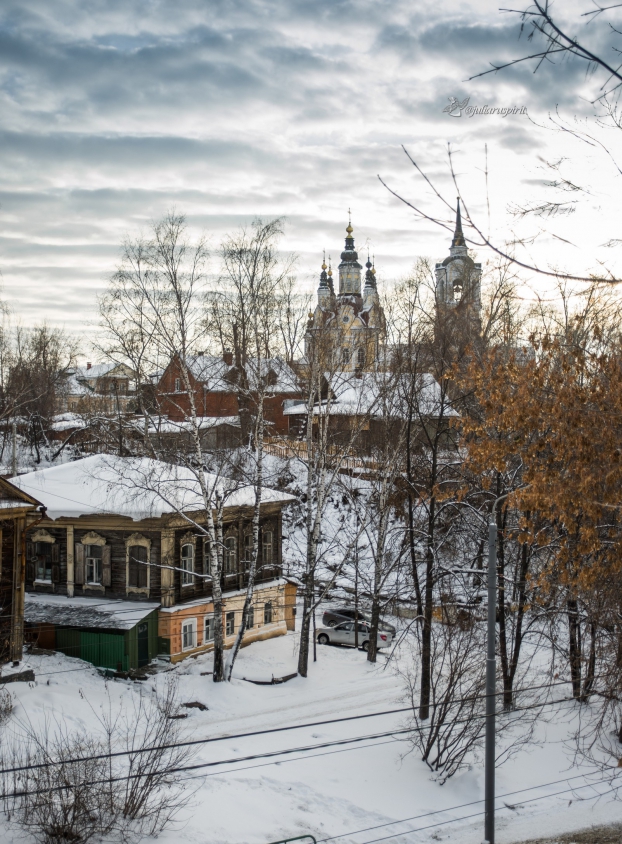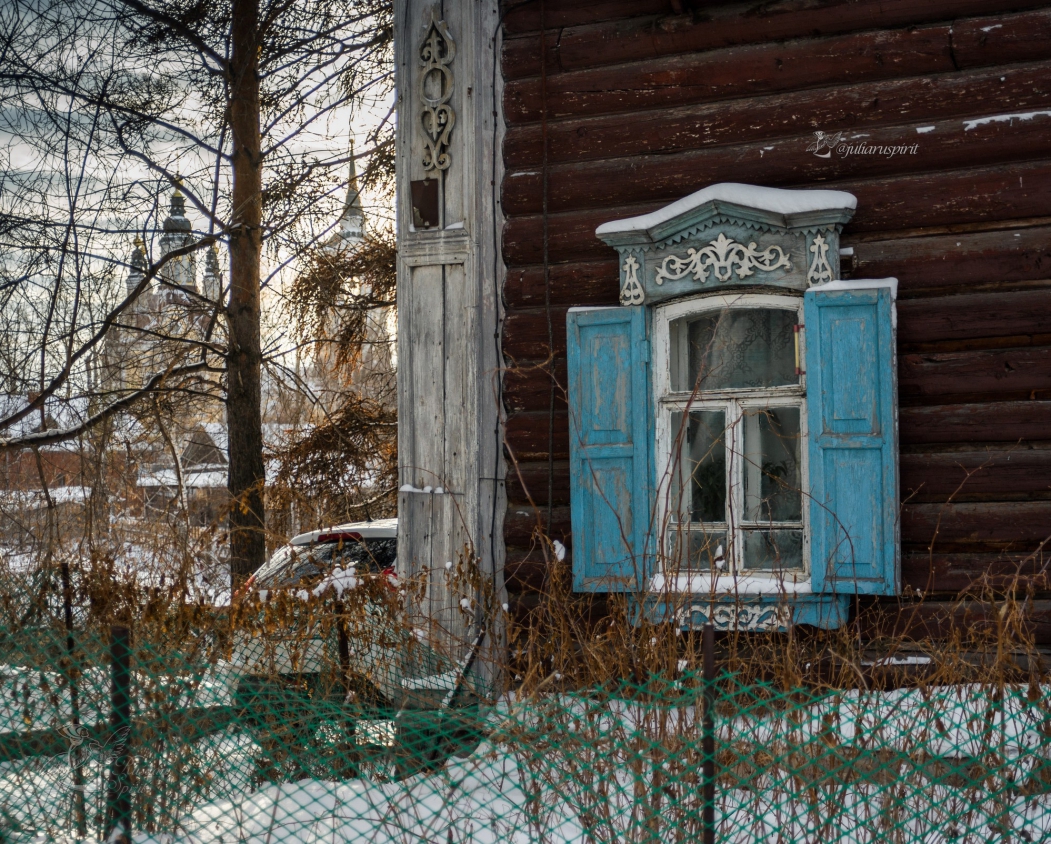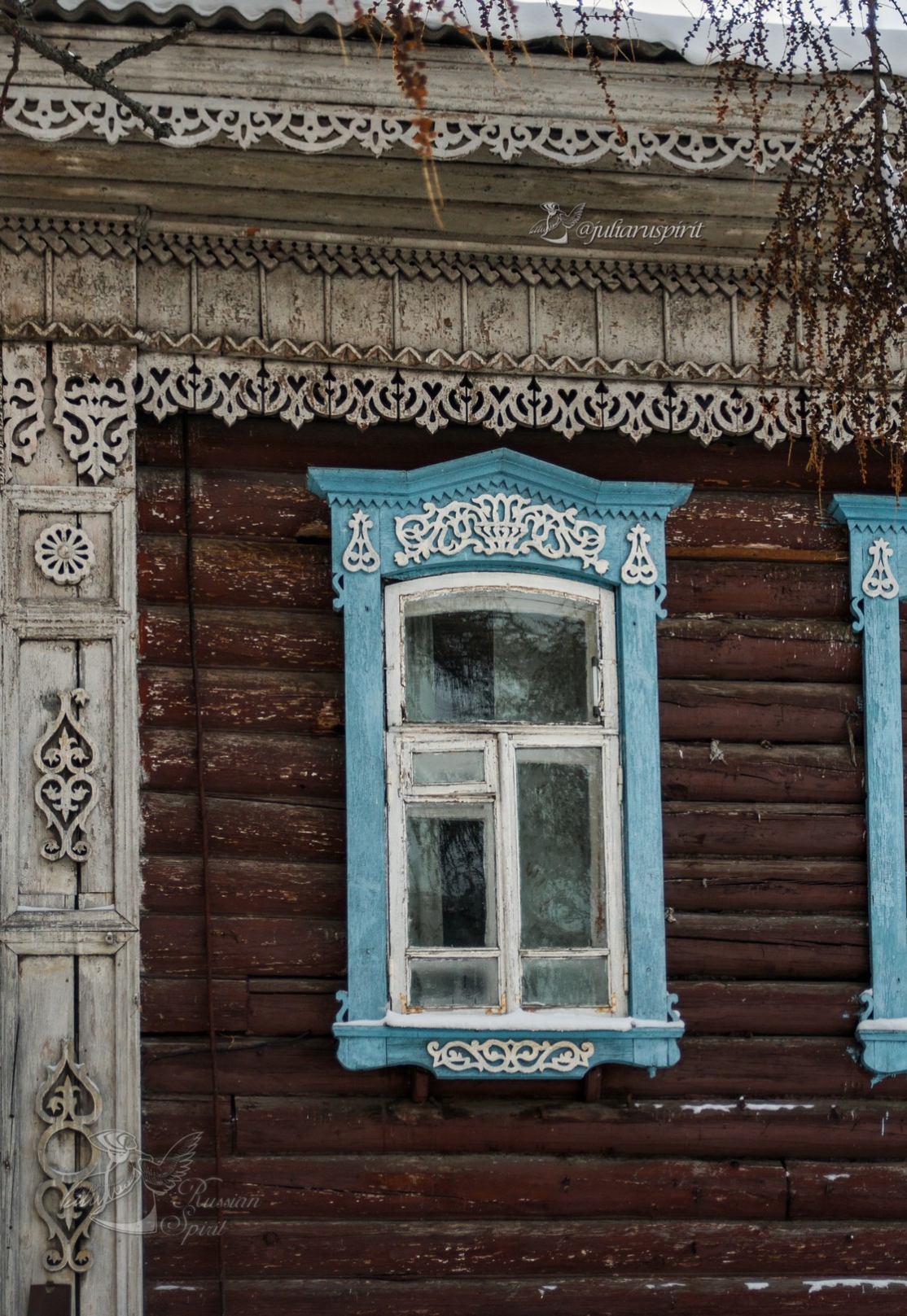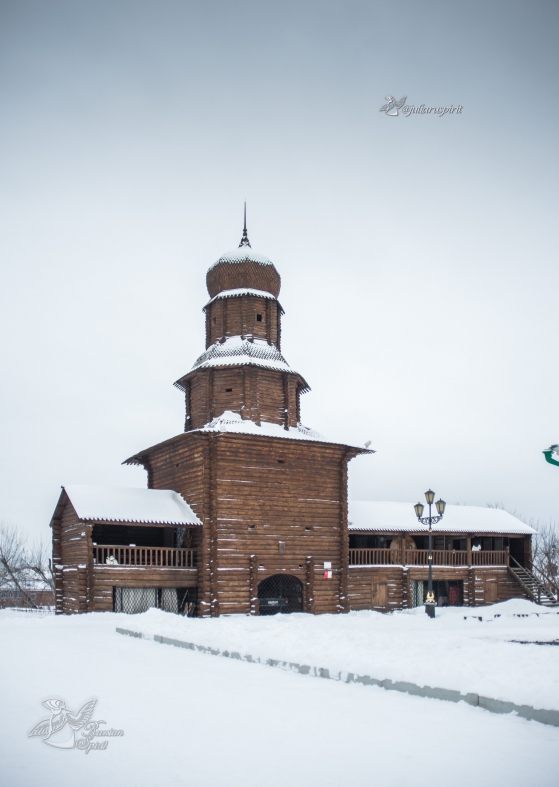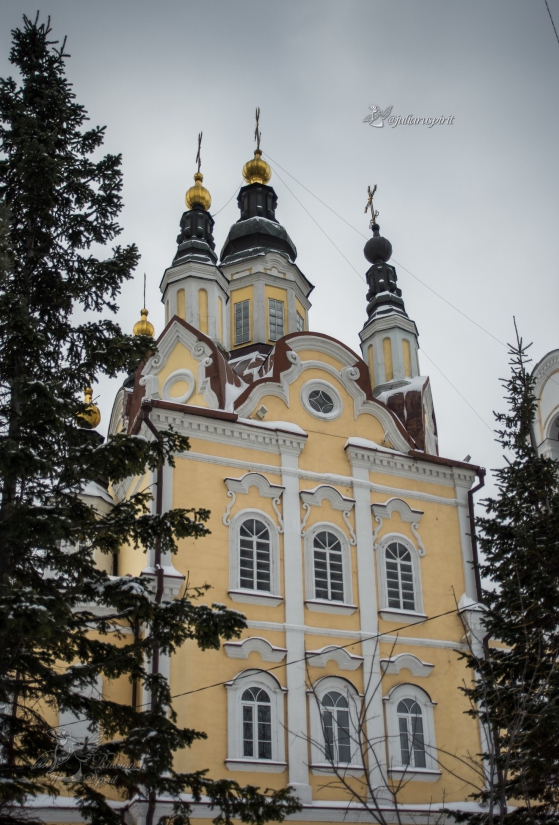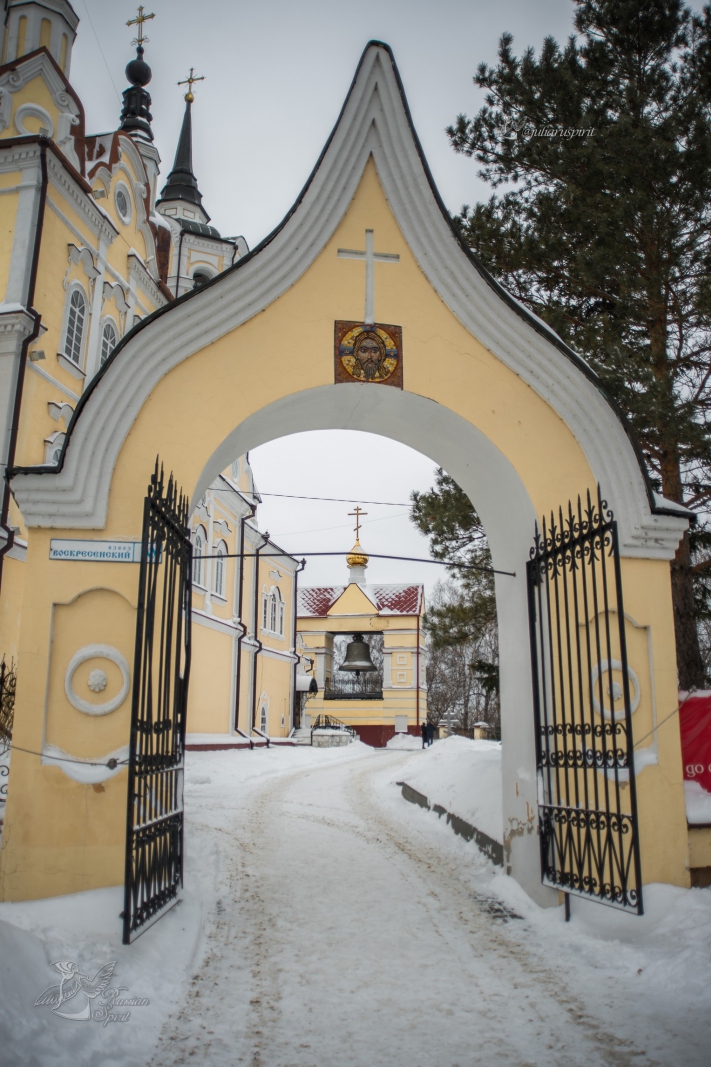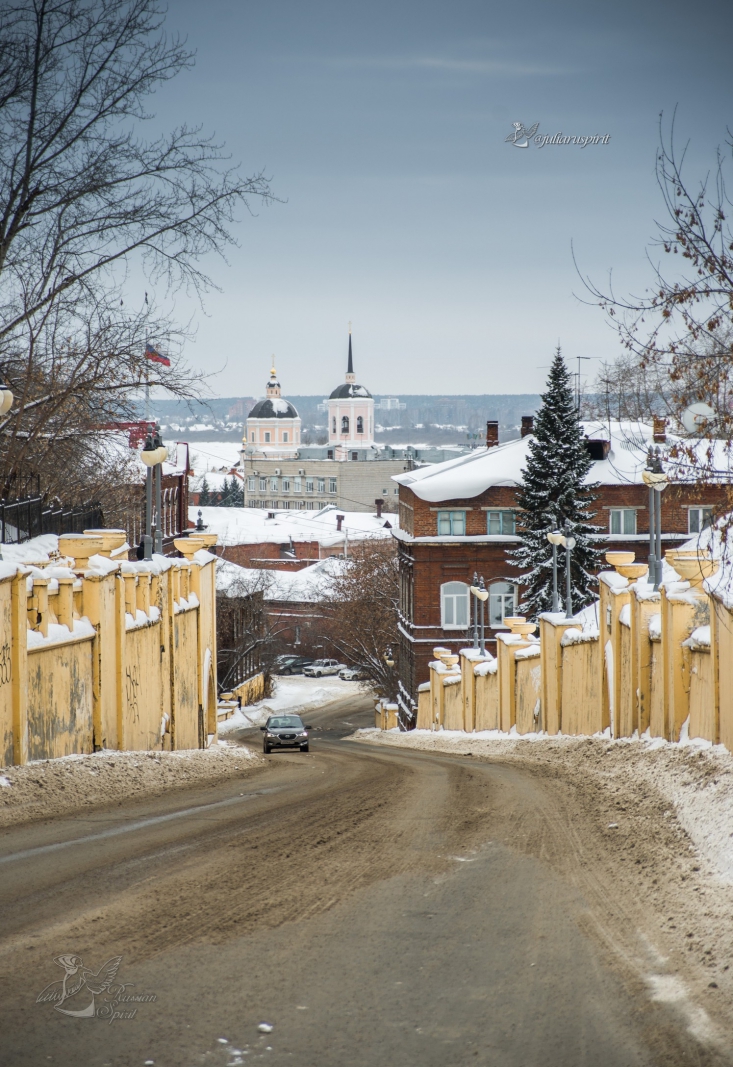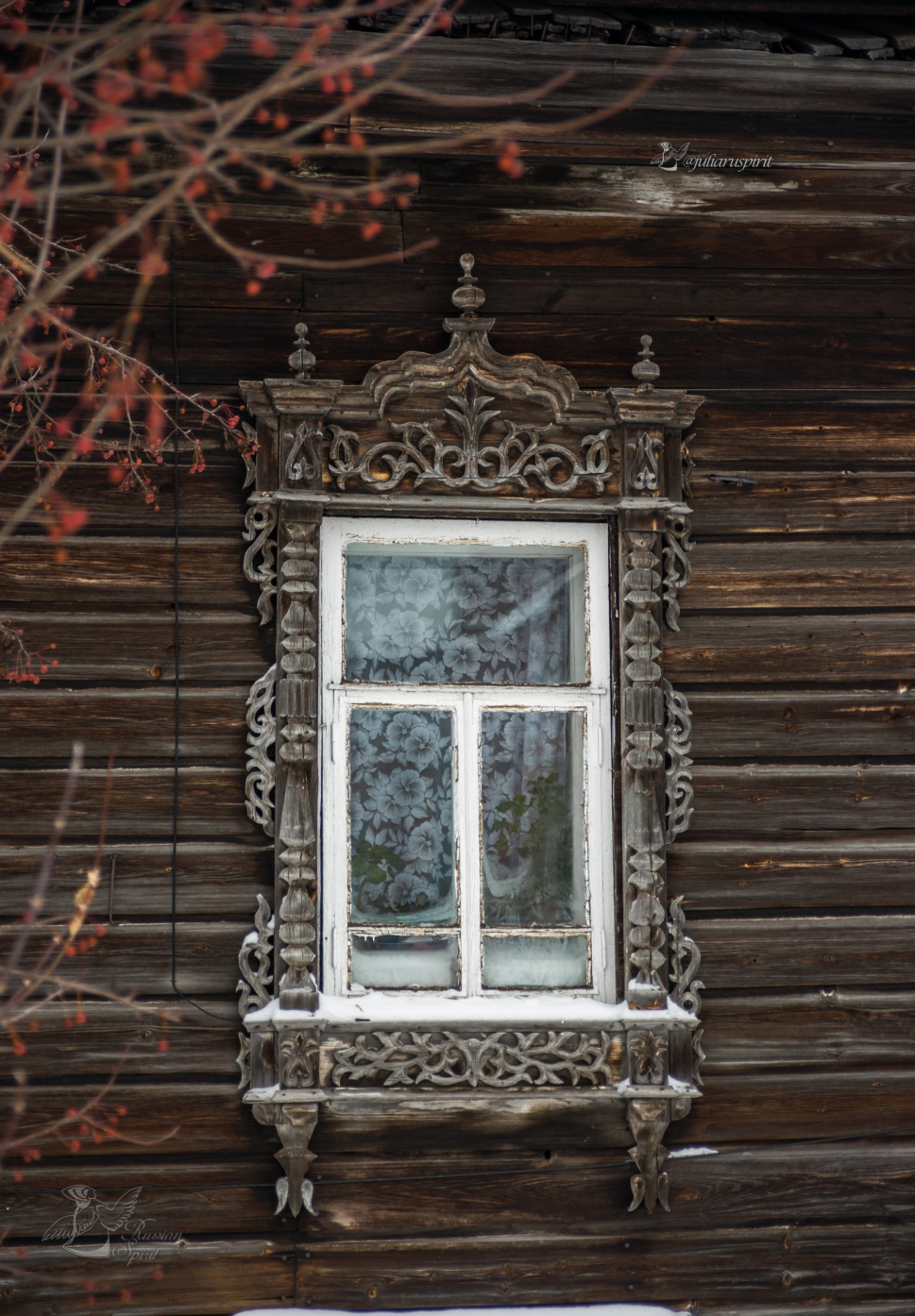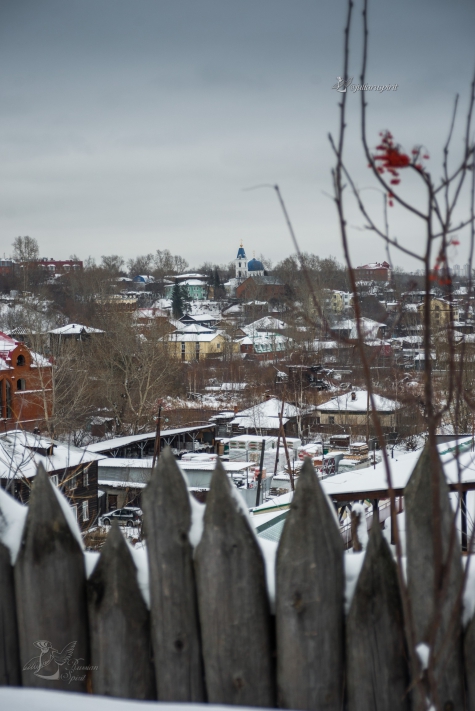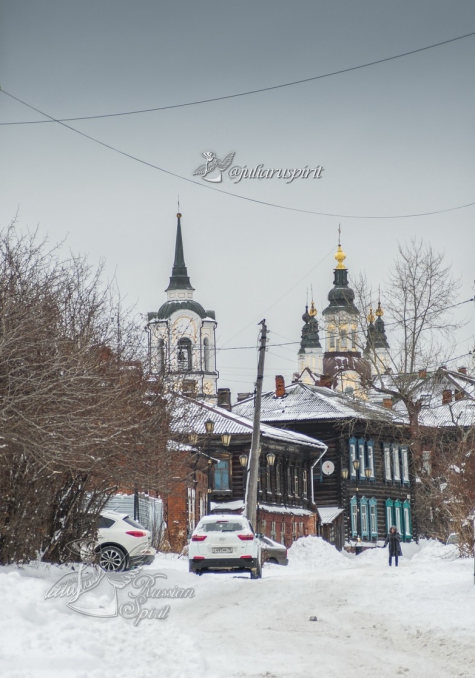Today for you the most interesting facts about the city:
Once an embassy headed by the prince of Siberian Tatars Toyan came to Moscow to the court of Boris Godunov with a request to accept them into Russian citizenship and to protect from the attacks of warlike nomadic peoples - the Yenisei Kyrgyz and Kalmyks. In response, Boris Godunov signed a charter on the construction of the city of Tomsk. In 1604, the Tomsk fortress was erected on a hill - since then this place Voskresenskaya hill has been considered the site of the city's foundation.
Throughout the pre-revolutionary history, Tomsk was one of the richest cities in Siberia, in which the first university in the asian part of Russia was founded with the financial support of merchants (1878). To this day, Tomsk is called the city of science and students, because there are as many as 10 universities and 15 different research institutes, in which students from 93 countries of the world study.
However, after the revolution, Tomsk was going through hard times. And then the war came and, paradoxically, this fact contributed to the flourishing of Tomsk, since about three dozen factories were evacuated here from the occupied cities of the USSR. As a result, during the war years, the volume of industrial production in Tomsk jumped three times, and a new chapter began in its history.
From the middle of the 18th century until the beginning of the Great Patriotic War, Tomsk was one of the main places where exiles were sent. The peak in the number of exiles was at the beginning of the 19th century - about 37 thousand people, 30 thousand of whom were men. By the way, Tomsk is described in the same capacity in Leo Tolstoy's novel "Resurrection": here, being a convict, the main character Katyusha Maslova finds herself.

